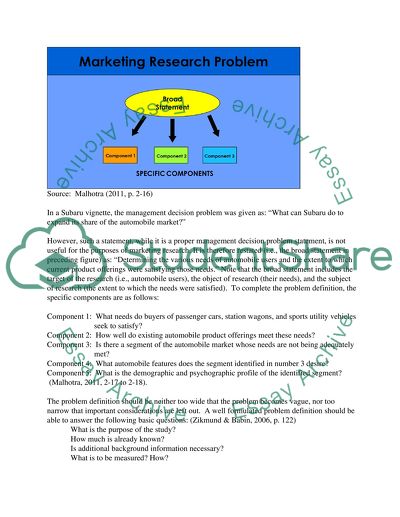Cite this document
(“Marketing Research Essay Example | Topics and Well Written Essays - 1500 words”, n.d.)
Retrieved de https://studentshare.org/marketing/1392527-marketing-research
Retrieved de https://studentshare.org/marketing/1392527-marketing-research
(Marketing Research Essay Example | Topics and Well Written Essays - 1500 Words)
https://studentshare.org/marketing/1392527-marketing-research.
https://studentshare.org/marketing/1392527-marketing-research.
“Marketing Research Essay Example | Topics and Well Written Essays - 1500 Words”, n.d. https://studentshare.org/marketing/1392527-marketing-research.


